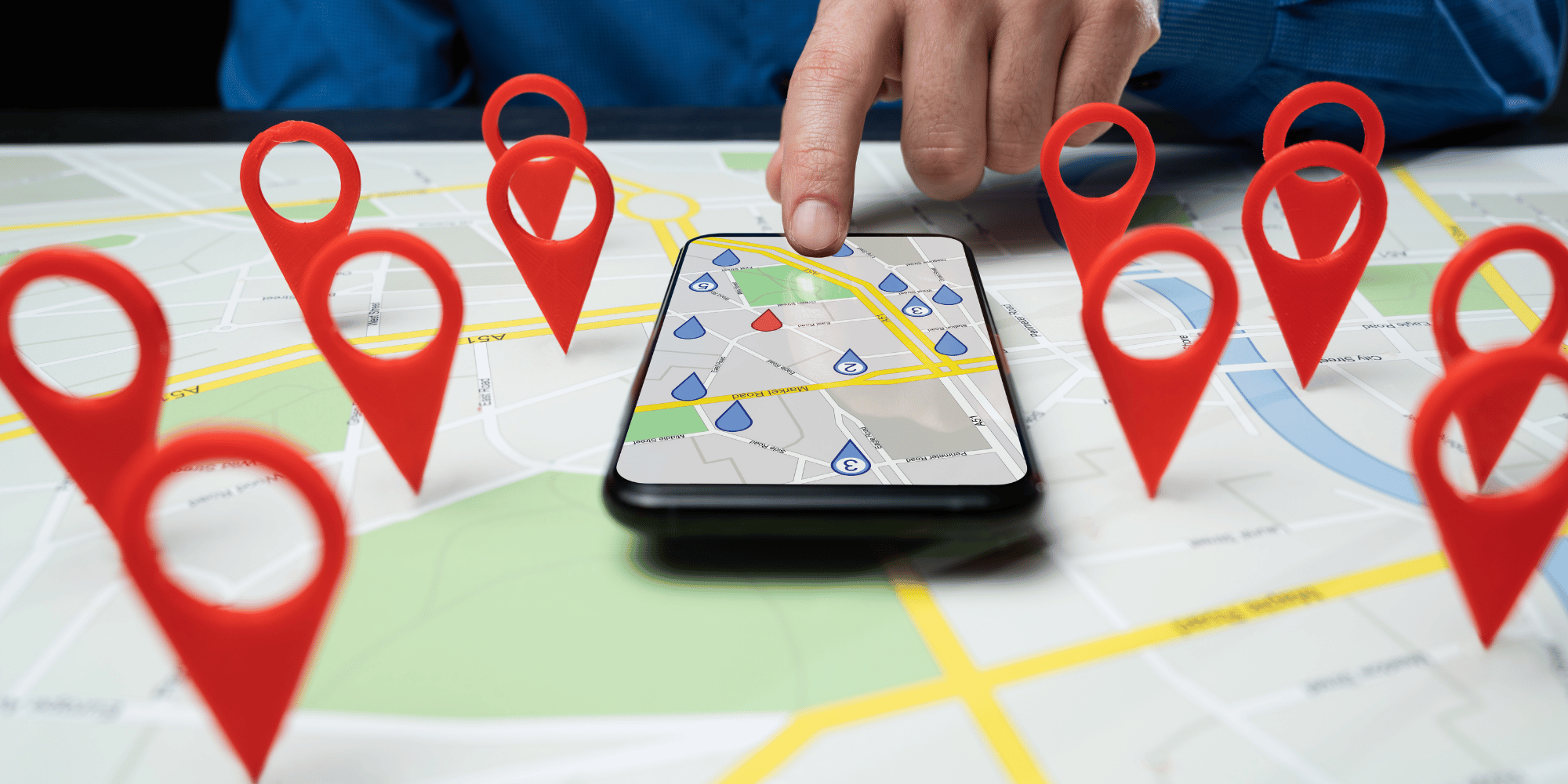In today’s digital-first world, having a strong online presence is crucial for any business, and auto shops are no exception. An effective auto shop website design not only showcases your services but also acts as a powerful marketing tool, helping potential customers find your business, understand your offerings, and make informed decisions. Whether you’re an established auto repair shop or a new performance garage, having a website that speaks to your target audience is key to standing out in a competitive market.
When designing an auto shop website, the goal is to create a site that’s user-friendly, informative, and optimized to convert visitors into loyal customers. Here, we’ll dive into the key elements of auto shop web design, focusing on the essential components that every shop should include to drive more traffic and improve customer engagement.
1. Mobile-Optimized Design for Modern Consumers
One of the most critical aspects of auto shop website design today is ensuring that your site is mobile-friendly. With more people relying on smartphones and tablets to search for services while on the go, a mobile-optimized website is no longer a luxury—it’s a necessity.
A mobile-optimized design ensures that your website functions smoothly and looks great on all devices. The layout should automatically adjust to the size of the screen, providing a seamless experience whether your potential customers are browsing from a desktop, smartphone, or tablet.
For an auto shop, this is particularly important because many customers are searching for services while they’re on the road or have a broken-down vehicle. A responsive website ensures that they can easily access vital information such as your location, contact details, and services without pinching and zooming on their screens. Plus, Google prioritizes mobile-friendly websites in its rankings, which can help improve your search engine visibility.
2. Clear and Easy Navigation
When potential customers visit your auto shop website, they need to find what they’re looking for quickly. Whether it’s your service offerings, pricing, contact information, or customer reviews, an intuitive and easy-to-navigate layout is key.
Your website’s menu should be straightforward, with clear categories that guide users to the most important pages. Some important sections to include are:
- Services: A breakdown of the services you offer, such as brake repair, oil changes, tire services, and diagnostics. If you run a performance shop, you may also want to include specialized services like custom tuning, performance upgrades, or aftermarket parts installation.
- About Us: Share your shop’s story, values, and mission. Let customers know what makes your business stand out in the auto repair industry.
- Contact Information: Make it easy for customers to find your phone number, physical location, and email. Consider adding a map for easy navigation.
- Booking/Scheduling: If you offer appointments, make sure customers can easily schedule services online. Having an integrated booking system is especially important for auto shops, as it saves both your time and the customer’s.
A clean and organized navigation structure can significantly reduce bounce rates, allowing visitors to find what they need without feeling frustrated or lost. This ultimately leads to higher customer retention and increased conversions.
3. SEO-Optimized Content to Boost Visibility
An auto shop website isn’t just a digital brochure—it’s a powerful marketing tool that can drive traffic to your business. To ensure that your website is found by potential customers, it’s essential to optimize it for search engines (SEO). By strategically using keywords like “auto shop web design” and incorporating location-based terms, you can improve your website’s visibility and drive local traffic to your business.
Start by conducting keyword research to identify terms your customers are searching for. For example, if you specialize in brake repair, terms like “brake repair near me” or “auto shop brake services in [city]” can help you rank higher for relevant search queries. Incorporate these keywords naturally into your website’s content, titles, meta descriptions, and headings. However, avoid overstuffing keywords—Google penalizes websites that try to game the system with irrelevant keywords.
Additionally, creating high-quality, informative content can further boost your site’s SEO. Blog posts, how-to guides, and service explanations can establish your shop as an authority in the auto repair industry. Consider writing about topics like:
- How to know when your car needs a brake replacement
- Tips for maintaining your vehicle’s performance
- The benefits of regular oil changes for engine health
By regularly publishing fresh content, you can increase your website’s chances of ranking higher in search engine results, bringing in more organic traffic and potential customers.
4. Attractive Visuals and Strong Branding
Your website is often the first interaction a potential customer will have with your auto shop. As such, it’s important to make a strong first impression. High-quality visuals, including images of your shop, services, and staff, can help build trust and show potential customers what they can expect from your business.
Consider using professional photos that highlight the quality of your services and the professionalism of your team. For performance shops, showing off custom builds, car modifications, or satisfied customers with their cars can effectively showcase your skills. Avoid using stock photos that may appear generic or impersonal.
Strong branding is also crucial for auto shop web design. Your website should reflect your brand identity, including your logo, colors, and typography. Consistent branding across your website and other marketing materials helps build recognition and trust with your customers. Your website should visually represent the vibe and personality of your auto shop, whether that’s high-performance and speed, reliability, or a family-friendly service environment.
5. Customer Reviews and Testimonials
Customer reviews and testimonials are a powerful tool in building trust and credibility. In the auto repair industry, word of mouth is incredibly important, and potential customers are likely to look for social proof before choosing a service provider. Incorporating reviews on your website can help reassure new customers that your shop delivers excellent results.
Feature a section on your homepage or a dedicated page where satisfied customers can share their experiences. Displaying Google reviews, Yelp reviews, or testimonials with before-and-after photos of repairs or custom work can be incredibly persuasive.
It’s also a good idea to respond to both positive and negative reviews in a professional and timely manner. This shows that you value customer feedback and are committed to improving your services. Positive customer reviews can help boost your SEO as well, as Google takes them into account when ranking local businesses.
6. Fast Load Times and Performance
Website speed plays a significant role in both user experience and SEO. A slow-loading website can frustrate visitors and lead to high bounce rates, which ultimately hurts your rankings on search engines. According to studies, if a website takes more than 3 seconds to load, over 40% of users will leave the site before it even fully loads.
For an auto shop, this is especially crucial. Customers need to be able to quickly access your site for service inquiries, scheduling, or locating your contact information. Optimizing your website for speed is essential—compress images, use a reliable hosting service, and streamline your website’s code to ensure it loads quickly on all devices.
7. Integration with Social Media and Reviews
Integrating social media into your auto shop’s website is another effective way to engage customers and increase brand visibility. Linking your website to your active social media profiles (Facebook, Instagram, Twitter) provides a seamless connection between your online presence and your social channels.
If your shop frequently posts updates, promotions, or customer success stories on social media, make sure these feeds are displayed prominently on your website. Social media also helps customers engage with your shop on a more personal level, creating a stronger relationship and encouraging repeat business.
Additionally, displaying your latest reviews or linking directly to your review profiles on platforms like Google or Yelp encourages customers to leave feedback and reinforces your credibility.
8. Easy-to-Find Contact Information and Appointment Scheduling
One of the most important features of your auto shop website is making it easy for customers to contact you or schedule an appointment. Your contact information should be easily accessible, with a contact form that allows customers to get in touch directly from the site.
For auto shops offering appointments, having an integrated online booking system is crucial. Customers should be able to check availability and book their services online, saving them time and ensuring that your business runs more smoothly. Make the process as simple as possible, with clear instructions and a user-friendly interface.
By incorporating these essential elements into your auto shop website design, you can create a digital presence that not only attracts more customers but also helps you build long-term relationships with them. A well-designed website that reflects your expertise, provides a seamless user experience, and drives results will ultimately set your auto shop up for success in the competitive automotive industry.



